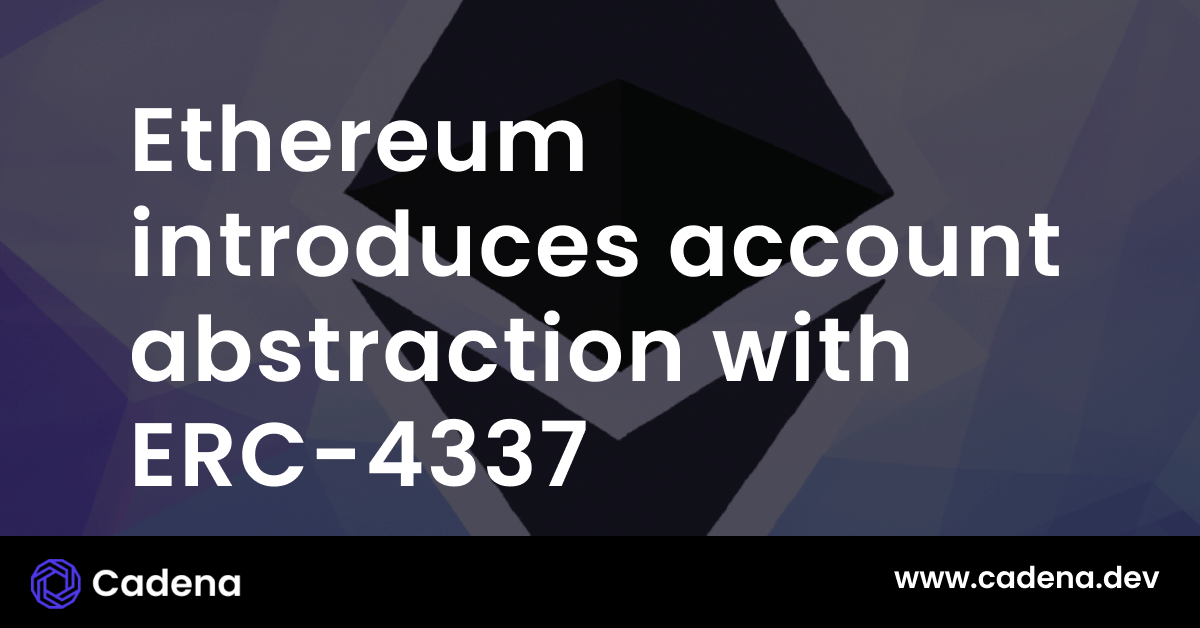
Ethereum has implemented the ERC-4337 standard to change how users interact with wallet services by enabling users to use smart contract wallets with arbitrary verification logic. This would allow users to add more controls or features to their accounts, such as two-factor authentication or recovery options with a friend or lawyer. Unlike externally owned accounts (EOAs), account abstraction enables users to use any cryptographic signature of their choosing and authorizes transactions securely through cell phones.
ERC-4337 is an opt-in standard that will create a standard for account abstraction, enabling developers to build customized Web3 transaction flows and wallets using the latest ERC-4337 smart contract. Existing products such as Gnosis Safe and Argent have already implemented features such as social recovery but would have to connect to a centralized relayer to maintain them. ERC-4337 will introduce a new mempool for user operations, serviced by bundlers on an accounts function level, and one of the first protocols to comply with the standard is Stackup.
The implementation of the ERC-4337 standard has been in the works for over nine years, and it has been difficult to reach a consensus and change an entire protocol to support it. But with the introduction of the standard, users can enjoy a more flexible and secure user experience, and developers can build wallets and transaction flows on any EVM chain using the latest ERC-4337 smart contract.



